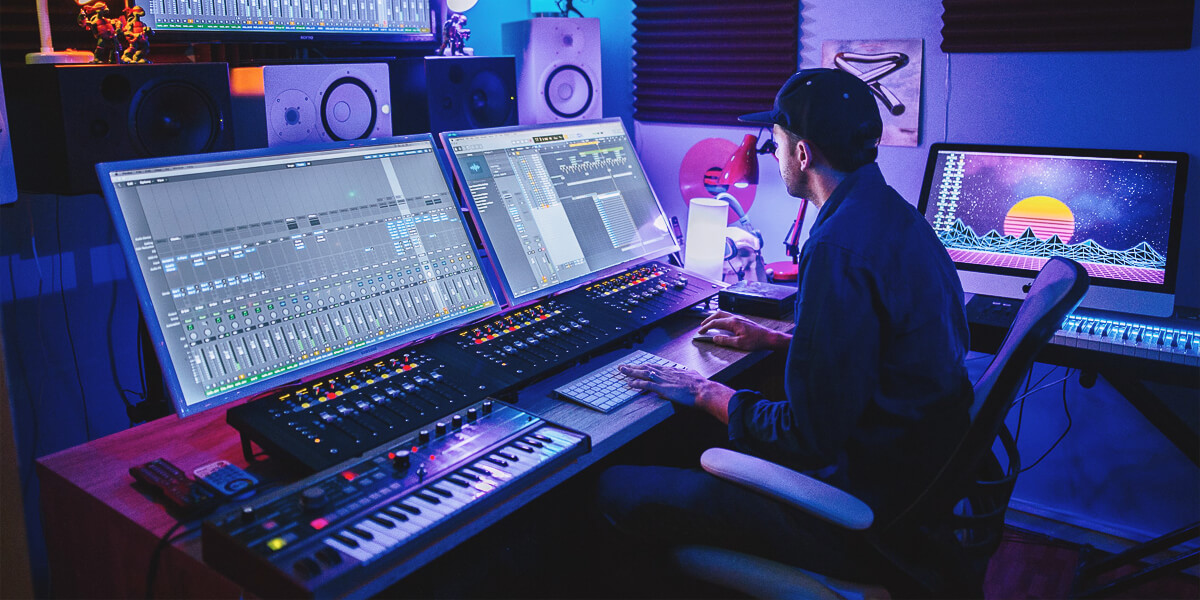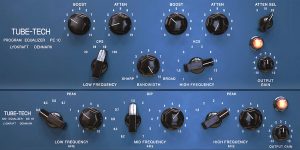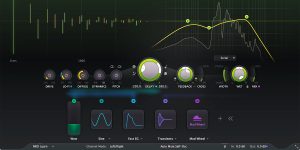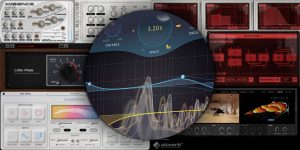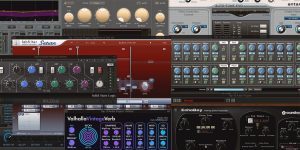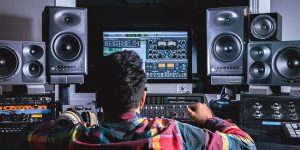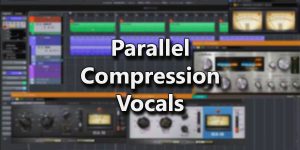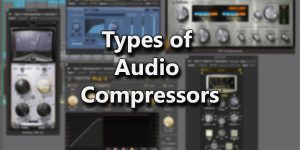In my years as a musician, dabbling with melodies, rhythms, and the intricate dance of sounds, I’ve garnered substantial insights into how to master a song. Mastering, often the final frontier in the music production process, is a critical phase that can either make or break your track. It’s the polish on a rough diamond, the icing on a cake – the fine-tuning that brings out the brilliance of every note and every beat. In my journey, I’ve seen how the right mastering techniques can breathe life into a piece, transforming a good track into an auditory masterpiece. Let’s dive into this fascinating world together.
The culmination of creation: why a song needs to be mastered
Now, we’ll find out why mastering engineering is so important:
- Audio refinement: at its core, it aims to elevate the overall audio quality of your track. Mastering music ensures a balanced sonic landscape through precise adjustments, guaranteeing that your creation shines consistently, whether played on high-end sound systems, affordable earbuds, or a car’s audio setup.
- Sonic inspection: this phase serves as an auditory checkpoint, spotting and correcting loose frequencies or balance discrepancies overlooked during the mixing stage. It’s akin to a quality assurance process, mitigating any potential hitches that could impact your song’s sonic potency.
- A professional touch: the last lap of the mastering process bestows a professional gloss onto your track. A piece of music that has undergone expert mastering radiates a unique sonic allure, enabling it to stand out in a crowd of tunes.
Mastering music: an essential step in the production
So, what is mastering a song? In essence, it’s the conclusive phase of audio post-production, aimed at refining and enhancing the sonic elements of a track. It’s a process similar to a book editor fine-tuning a manuscript, adding the finishing touches to ensure it’s the finest version.
The art of mastering involves delicately tweaking the track’s sonic attributes to make it more balanced and cohesive. It influences the character, tone, and vibe of your mix, ensuring it resonates with the listener in the right way.
Mastering essentials: must-have plugins for mastering a song
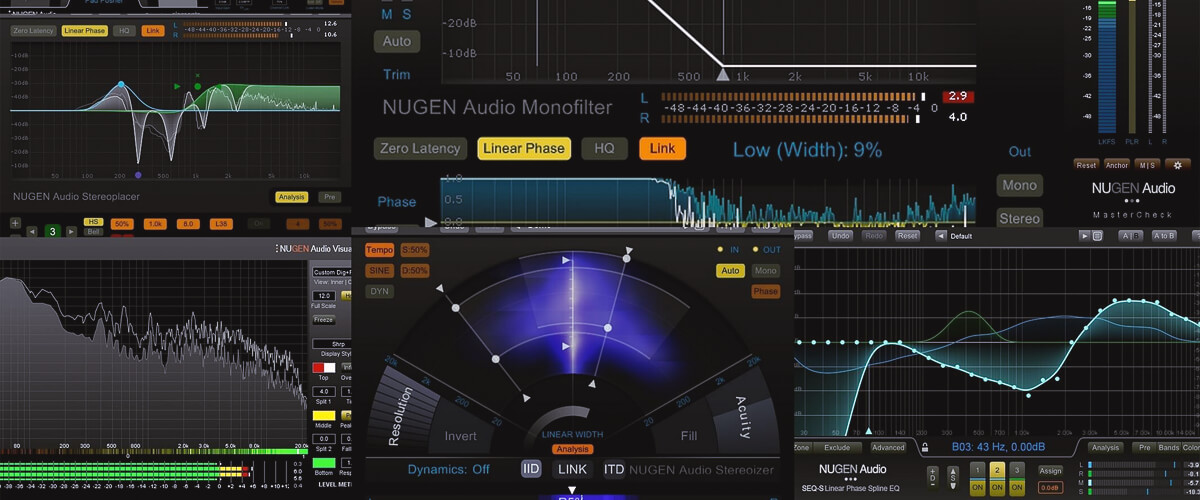
When it comes to adding that final layer of polish to your tracks, having the right tools in your arsenal can make a world of difference. Here’s a rundown of plugins that will help you master tracks with professional finesse:
- Equalizers (EQs): in the broad strokes of audio production, EQs are like your brushes. They allow you to shape the tonal balance of your track by amplifying or reducing specific frequency ranges.
- Compressors: imagine compressors as the masons of your sonic architecture, controlling the dynamic range of your mix. These plugins work to tame loud peaks and amplify softer parts to achieve a more balanced and consistent sound. When used subtly, they can add a punch and solidity to your mix without squashing the life out of it.
- Limiters: these are your safety nets, which prevent any part of your track from exceeding a certain loudness level. While the limiter’s role might seem defensive, they are also crucial in achieving a commercially viable loudness without sacrificing audio integrity.
- Stereo imagers: they allow you to control the width and depth of your stereo field. A too-narrow mix might sound lifeless, while a too-wide mix could lose power and focus. A well-adjusted stereo image lends an immersive quality to your track, pulling the listener into your musical world.
- Metering tools: think of these as your dashboard, giving you essential feedback about your mix’s technical aspects, like loudness, peak levels, stereo width, and more. With these tools, you’re not just flying blind, you get real-time insights into how your adjustments affect the final product.
With these plugins, the road to a finely-tuned, well-mastered track becomes much clearer, allowing you to deliver a song that resonates with listeners and stands out in a playlist.
The road to refinement: how to master songs
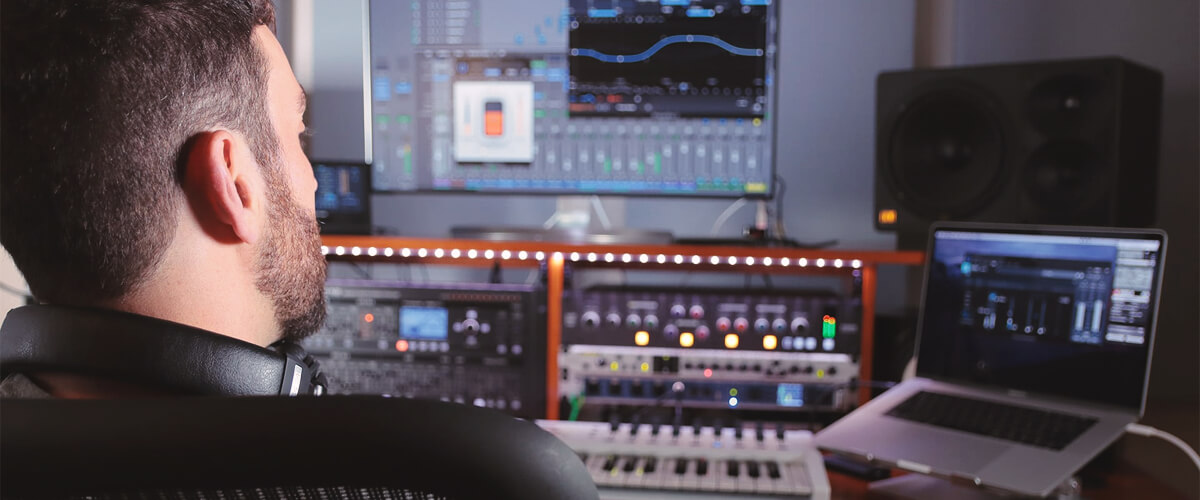
Understanding how to master songs is like learning the final steps of a dance routine – it’s what pulls all your hard work together and leaves a lasting impression. Let’s get into the groove and explore this process step by step.
- Listen with a critical ear: before you jump into any tweaking, give your mix a thorough listen. Identify areas that need attention, such as an overbearing bass or lackluster highs. This stage is about developing a roadmap for the work ahead.
- Balance the spectral content: here’s where your EQ comes into play. You’re essentially sculpting the tonal landscape of your track, ensuring each element has its own space and doesn’t mask other elements.
- Control the dynamics: bring in your compressors and limiters for this step. They’ll help you keep a check on the dynamic range, ensuring your quiet parts aren’t too soft and your loud parts don’t cause clipping or distortion. It’s about making your track powerful but pleasant to the ear.
- Enhance the stereo image: this is where stereo imagers get their moment to shine. By adjusting the stereo width, you can add a new level of depth and dimension to your mix.
- Check the levels: you’re looking for a track that’s loud and clear but not distorted. Utilize your metering tools to ensure your song has commercial-level loudness without any element peaking too much.
- Add the final touches: here’s where you can sprinkle in any additional effects that might elevate your track further. A hint of harmonic excitation can add warmth, while a touch of reverb can provide depth.
- Review the master: once you’ve run through all the steps, listen to your material critically. Compare it to other professional tracks in the same genre and on different audio systems. If it holds its own, you’ve nailed the job.
Now you know how to master a song, ensuring it’s primed for public listening, and can stand shoulder-to-shoulder with professional tracks in the industry.
Mastering chain in practice: a real-world example
Imagine it’s time to polish your latest track. How can you make the most out of your session? Here are some insights.
- Ensure that there’s ample headroom for working with the mix’s dynamics. It’s better to keep the average volume level around -12db. At peak points, it can reach up to -6db.
- Use an analyzer to assess the track’s frequency balance, considering the genre-specific characteristics. But the general recommendation is that the mix shouldn’t be frequency-skewed in any direction – the highs, mids, and lows must be balanced. If necessary, make adjustments with equalization. Make sure the equalization isn’t deeper than 3db up or down. If this doesn’t help, return to the mixing stage and rectify the mistakes.
- Next, evaluate the stereo component of the mix. You aim to make the mix sound as wide as possible on the master. However, it’s crucial to maintain the sound of each element when checking for mono compatibility.
- Work on the dynamics. Use a general compressor with minimal compression level, then tighten individual frequency ranges with a multiband compressor, achieving a uniform sound. Before sending the signal to the limiter, you should carefully level out the signal peaks using a soft clipper.
- Don’t forget about saturators and exciters. These instruments can significantly enhance the mix’s transmissibility on any speakers.
For mastering chain, you can work with all-in-one plugins like iZotope Ozone, which contains all the necessary tools and analyzers. Alternatively, you can use individual plugins, but pay attention to the plugin’s ability to perform oversampling. This is an important detail when working with the master bus.
Pulling back: when and how to stop mastering

Knowing how to stop mastering is just as critical as knowing how to start. In the throes of the process, it can be tempting to add just one more tweak, a smidge more EQ, and a pinch more compression. But beware, over-processed music can lose its original soul and dynamism.
You should finish mastering when you realize your track’s frequency balance, dynamics, and width sound like a reference. Or when you make small changes, and they significantly alter the balance you’ve established. For instance, if you added +1db on the equalizer and the sound is already perceived differently, you should stop the mastering and switch to listening on different sound systems. When you’re satisfied with the sound on any device – studio monitors, headphones, phone, laptop, car, etc. – it means the process is completely finished.
Conclusion
The journey through the nuances of mastering music is filled with challenges, but remember, it’s also an incredible opportunity to add your signature touch to a track. Each plugin and tweak you apply is like a brushstroke, adding to the audio canvas, creating something uniquely yours.
While technical, mastering is also an art form, and like any artist, you’ll develop your style over time. Don’t shy away from experimenting, from pushing boundaries because that’s where growth happens. That’s how you master the art of mastering!
If you’re eager to dive deeper, I highly recommend checking out this comprehensive course on Udemy. It provides invaluable insights that can elevate your ability to master tracks to new heights. The world of music awaits your creations, so keep learning, mastering, and, most importantly, making music that resonates with your soul.

